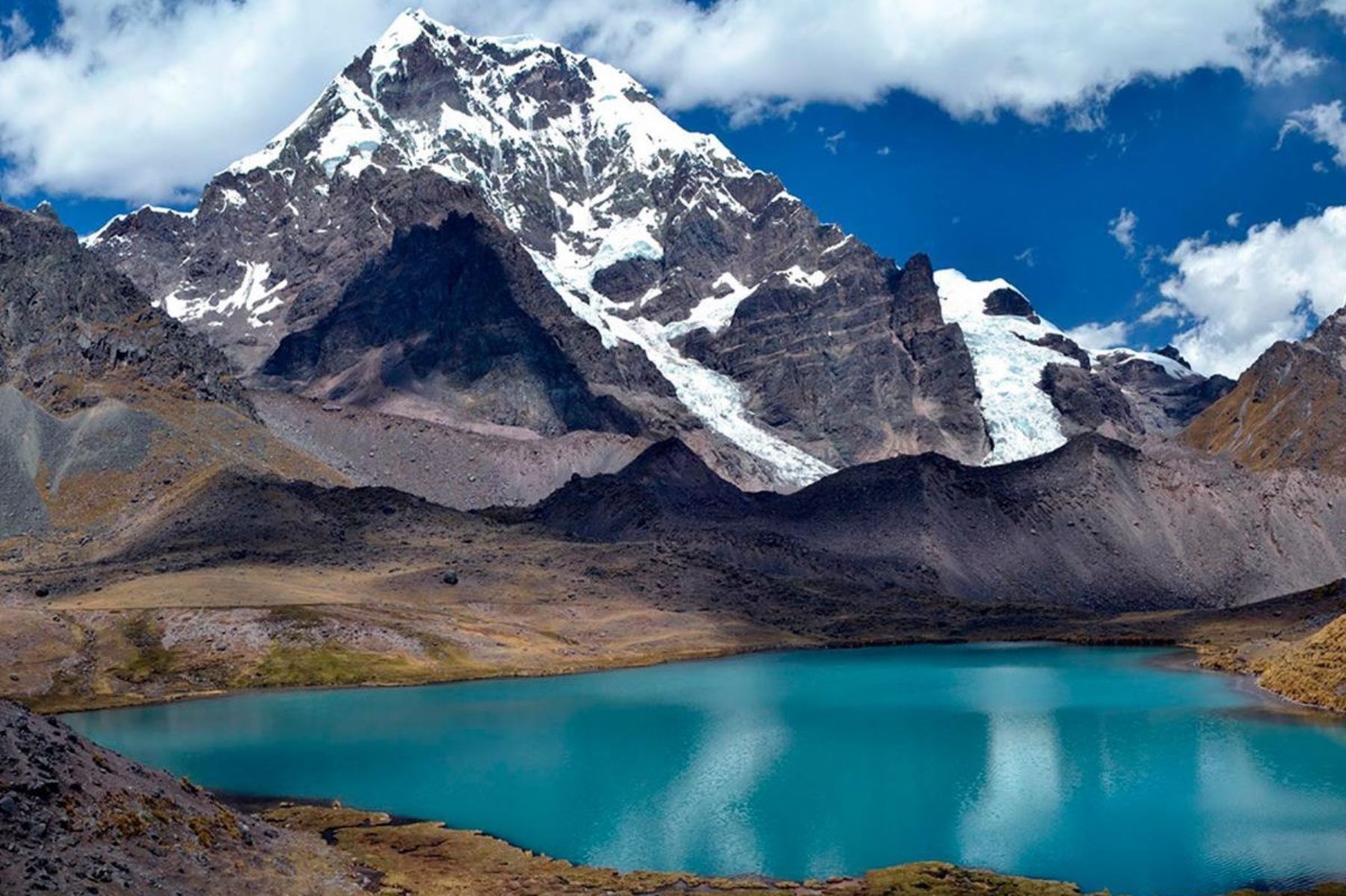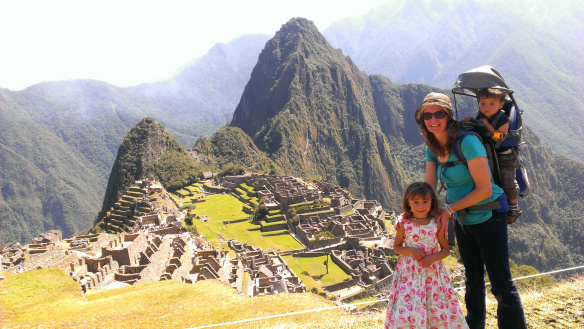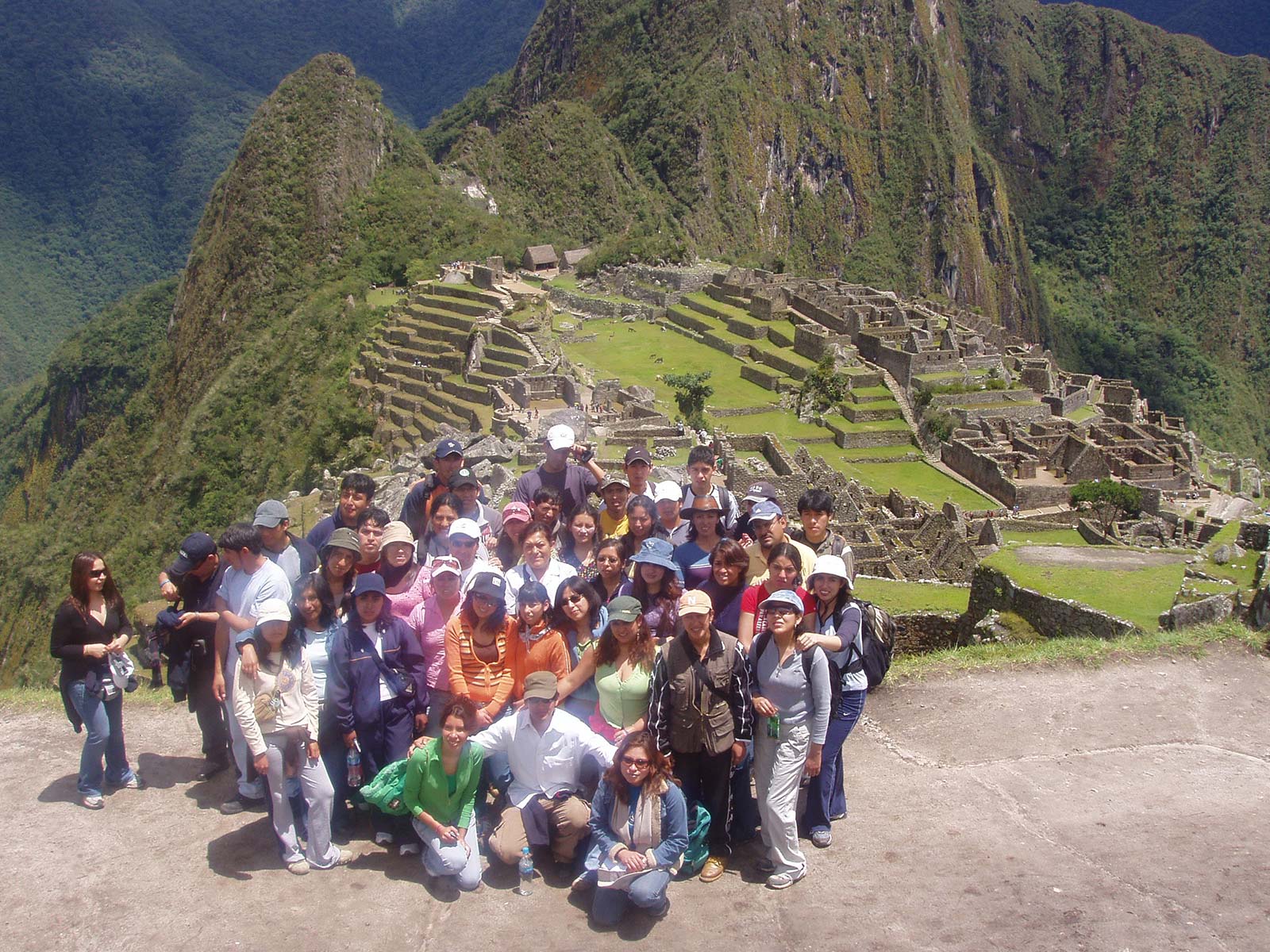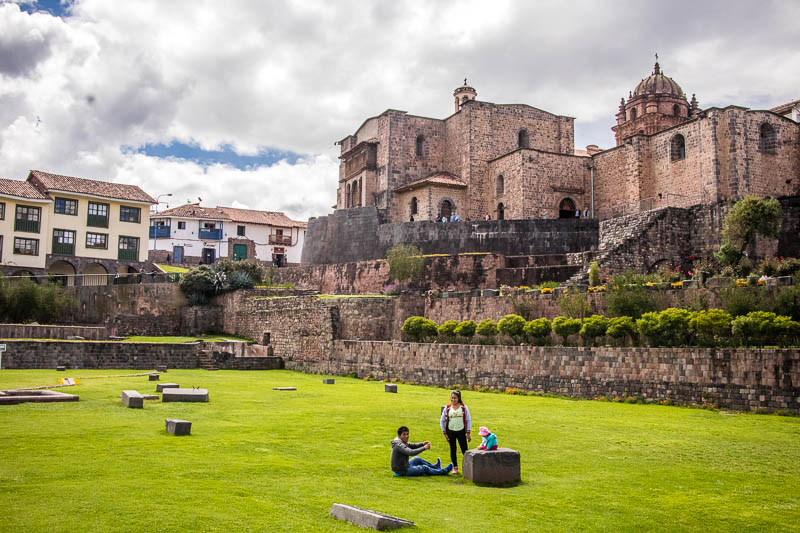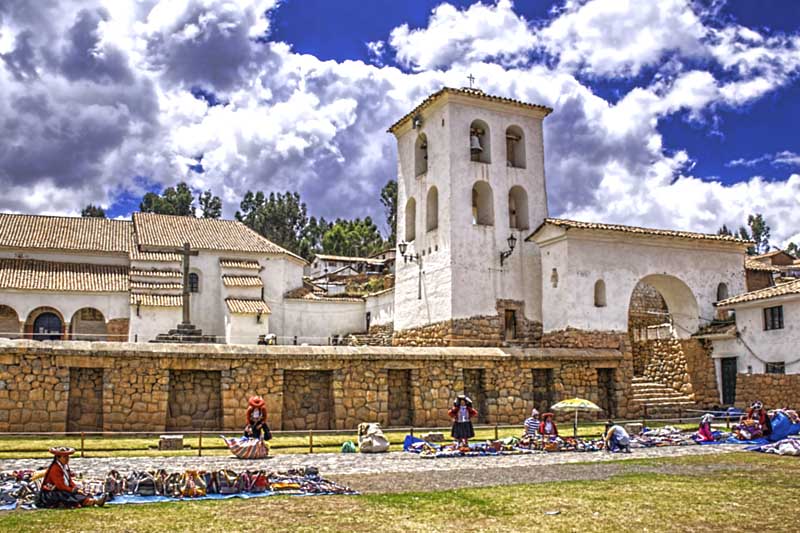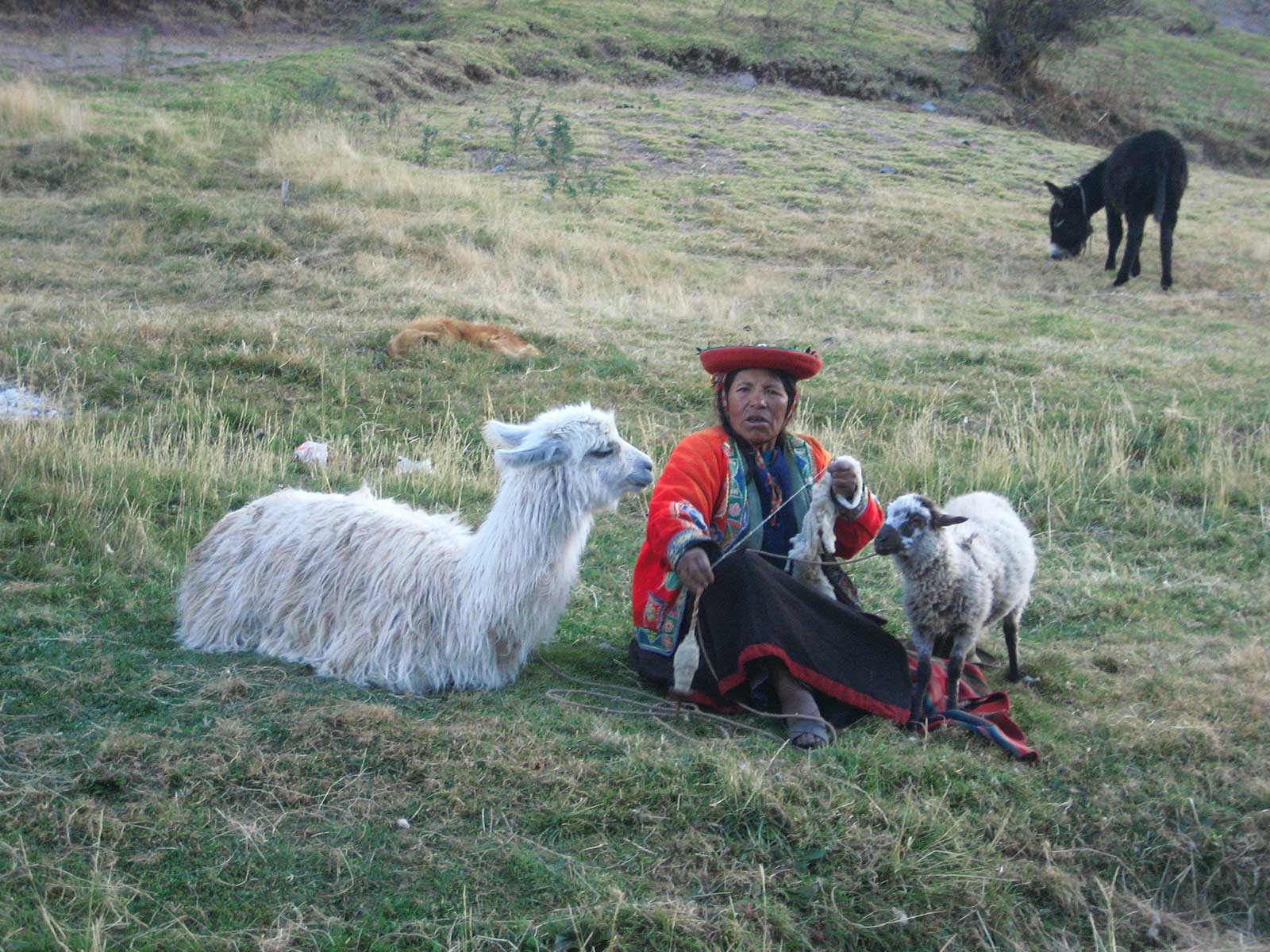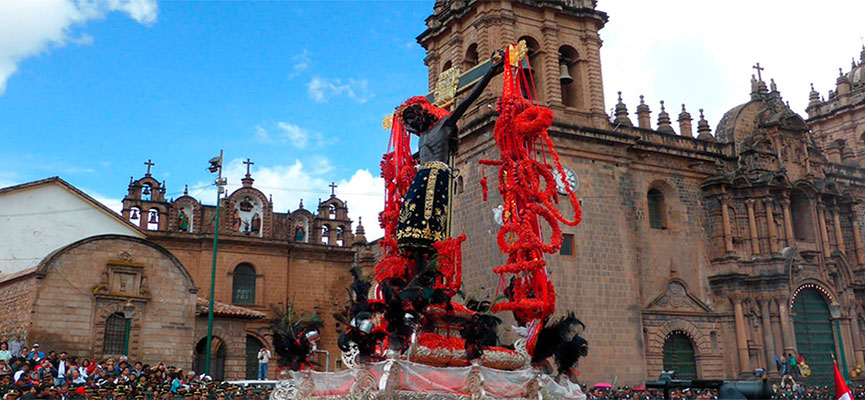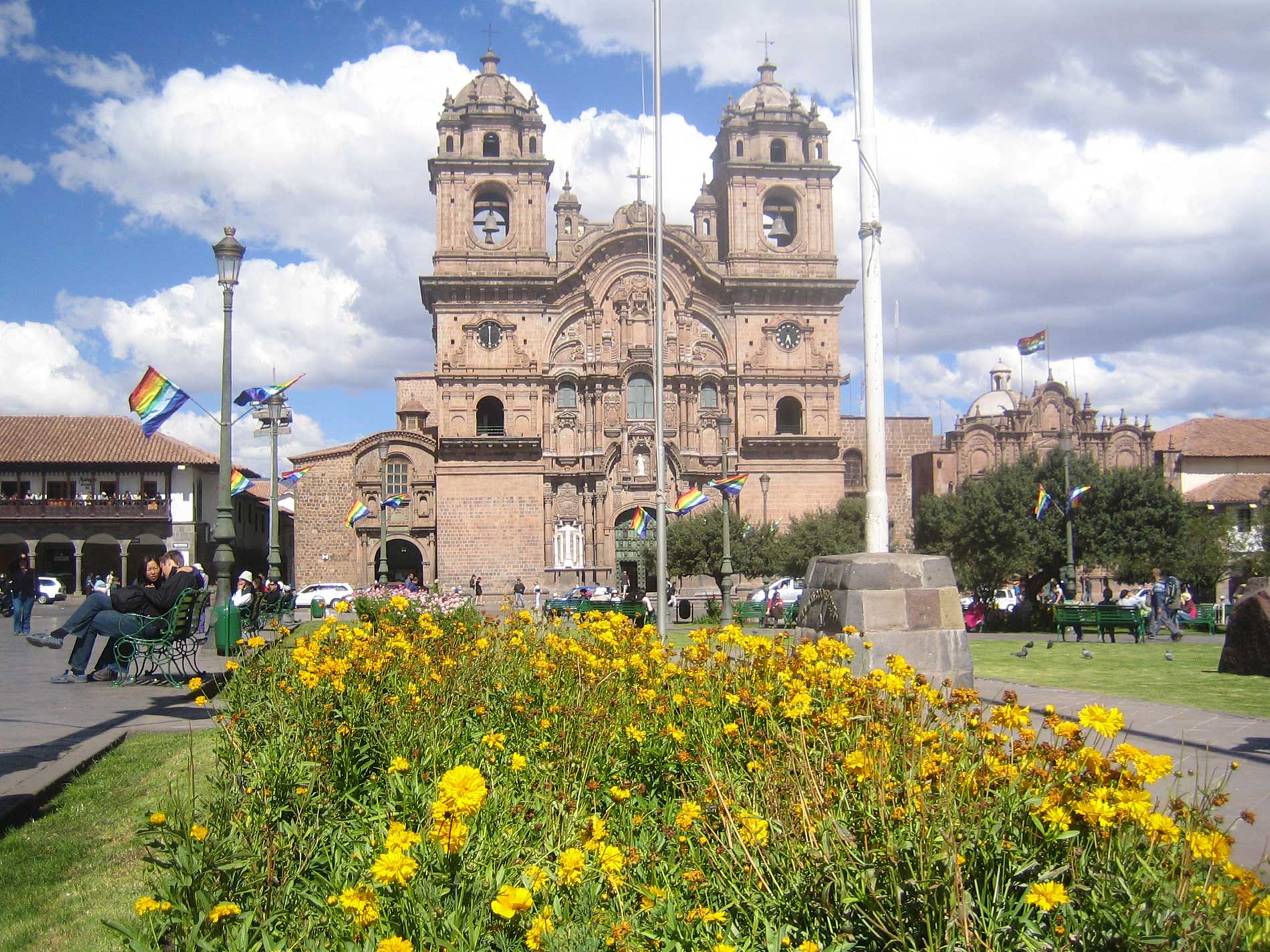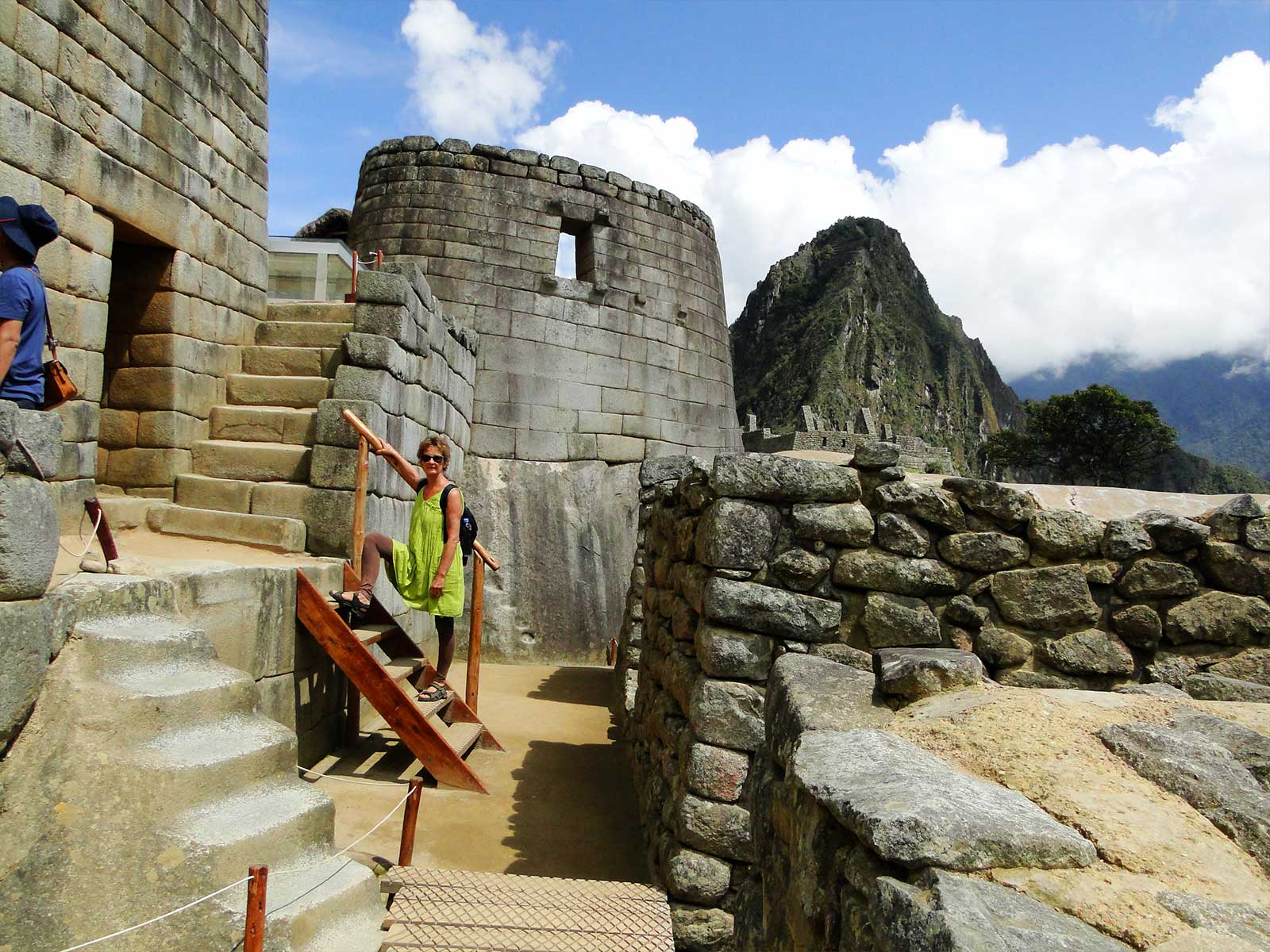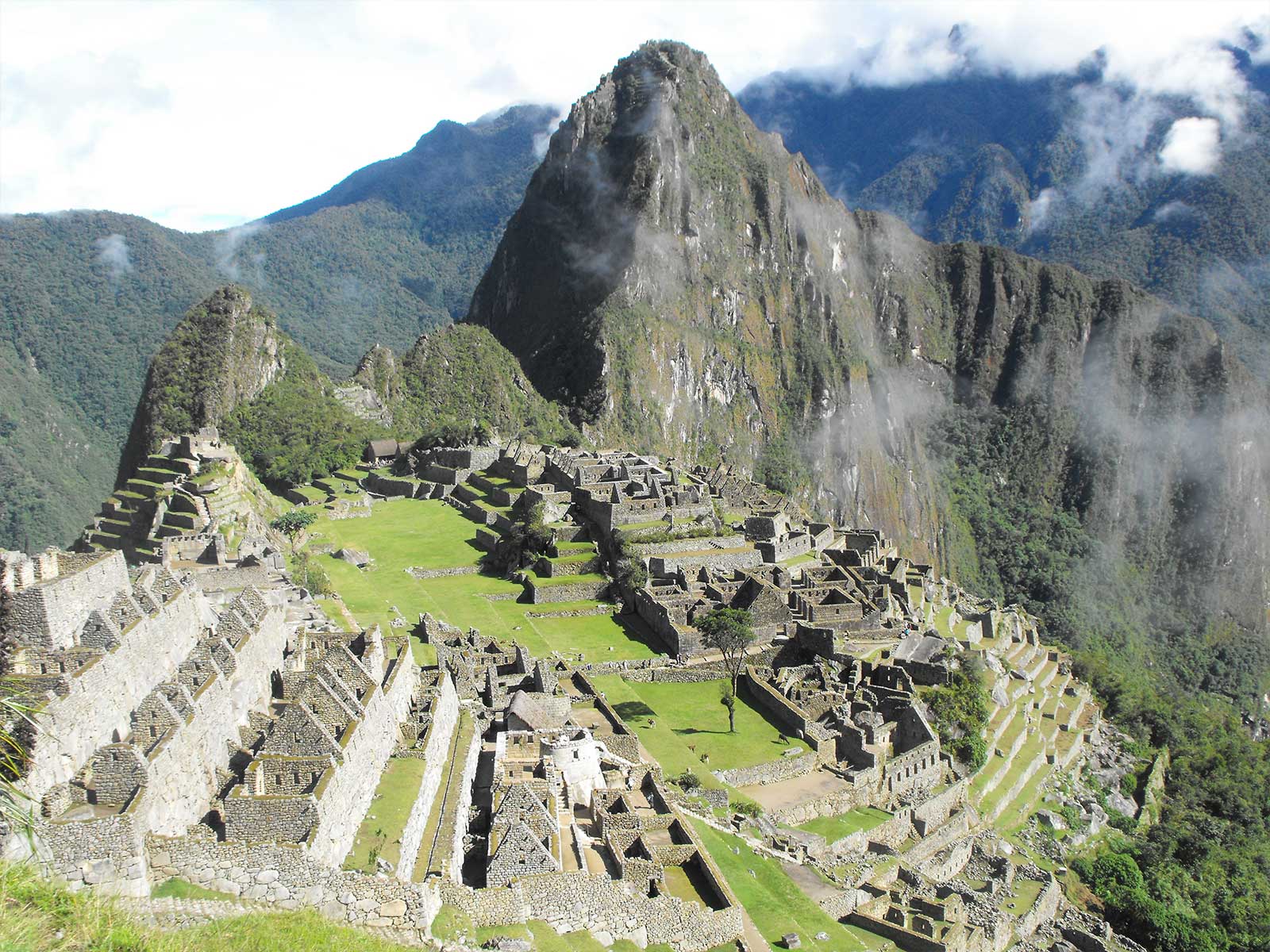Ausangate is the representative mountain of the Cusco Andes and Peru. It is located in the Vilcanota mountain range and is one of the most difficult areas to enter and that is very rare in Peru. Its main climate is at 6,372 meters above sea level with large lagoons with a luminous green/blue color.
In addition there are rocks that make the area like a paradise and very modern. Performing the Ausangate Trek is an indescribable adventure, and it is impossible not to be impressed by the enormous beauty of the eternal snow.
Often you will find rocks at an altitude of over 5000 meters and also rocks covered with tongues of ice that when thawing, extending in magnificent ways forming ice lagoons. The Ausangate trek is one of the tourist destinations in Cusco.
In Inca mythology, from this mountain and the nearby lakes – among which Sibinacocha stands out – is born the masculine energy that fertilizes the mother earth Pachamama, after a long flow, the waters are lost in the unknown lands of the Amazon to return, to fill the lakes and glaciers every night converted into the river of stars or Willkamayu known in the west as the Milky Way.
The community of Chillca constituted by herders of llamas and alpacas is known as the guardian of these pristine places, from where you can make mountain hikes spending the night in comfortable lodges or tambos, among which Machuracay Tambo, in a trek called “Camino del Apu Ausangate”.
Every year on the north side of Ausangate has celebrated the feast of Quyllur Rit’i (Quechua: “star snow”) before the feast of Corpus Christi, during which thousands of Quechua pilgrimage to the Lord of Quyllur Rit’i in the church of Sinakara. The Ausangate snow-capped mountain is normally a 7-day tour, an adventure that no one should miss.
How to get to the mountain of the 7 colors?
The Rainbow Mountain (Vinicunca) is located in the province of Quispicanchis in Cusco. It can be reached by taking a vehicle from Cusco to Pitumarca. The trip takes about 3 hours and goes along the road that leads from Cusco to Puno.
Once in Pitumarca you will have to go to the village of Ocefina (Chillca), from this place you can start your hike to the 7 Colors Mountain. After 4 hours, you will arrive to the town of Machuraccay, from here you can descend to the slopes of the mountain.
The Ausangate trekking route
The Ausangate Mountain trek is incomparable; not only because of the unique landscapes in the world, but because in addition to the mountain itself, the trails circulate next to imposing glaciers and numerous lagoons, formed by the thawing of the snow-capped peaks of the Andes. It is a 4-day hike, and although you could do it on your own, the most recommended way to hike in Peru is through a travel agency.
Although it is not a dangerous hike, you will need to be in good shape and have the proper equipment. You can choose to hike the normal route that goes along the south side of the mountain; this is the most difficult route, since in some sections the ascent requires almost vertical ice climbs. However, in order to give everyone the possibility of climbing, new routes of lesser difficulty have been opened. The popularity of the mountain of the seven colors rises every day, take advantage now that no special permission is needed, and that not many people know about it.
How difficult is the hike to the Seven Colors Mountain?
Depending on the path of ascent, this hike has sections with a high degree of difficulty, so it is recommended to be in good shape. The locals usually offer their horses for rent, the prices range from S/ 30 to 80 soles (10 to 25 US$), this will depend on the time you want to walk the trail on horseback. On the other hand, we remind you that you can find basic but very useful services.
Tours and excursions
We know that most people come to Cusco, Peru, for Machu Picchu; if you already know when you will visit Machu Picchu, give yourself some time to enjoy this unique mountain, we assure you that you will not regret it. If you have not yet booked your Machu Picchu tickets, do it soon; remember that in some cases, tickets must be booked months in advance; especially if you like the mountains.

